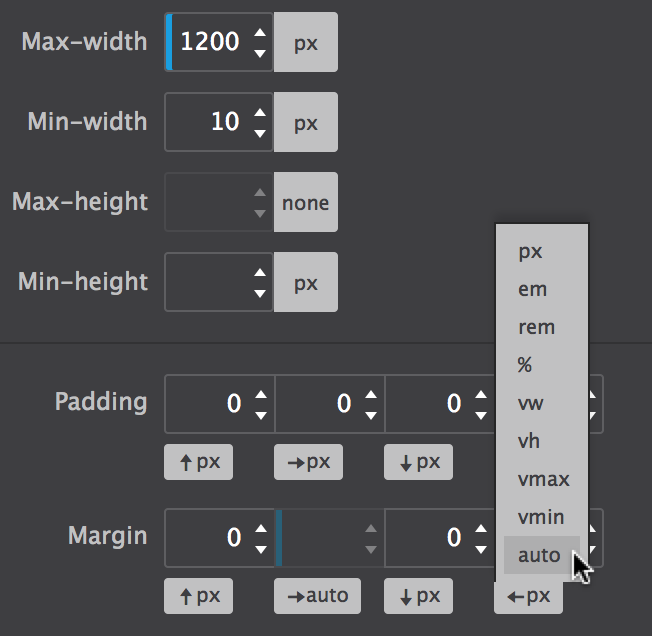

- #Foundation framer cracked how to
- #Foundation framer cracked crack
- #Foundation framer cracked windows
How to Evaluate Major Concrete Slab Cracks You usually do not need to be concerned about cracks in concrete slabs that satisfy all of these conditions.

#Foundation framer cracked crack
Present no vertical displacement (one side of the crack is higher than the other).Hairline cracks are cracks in a nonstructural slab that: These cracks are called hairline cracks (or shrinkage cracks). When this water evaporates, the concrete fractures and shrinks in volume. They may also need to rehydrate concrete after exposure to prolonged heat. For example, the concrete finishers may add too much water to the concrete mix to make it more malleable. Most cracks in nonstructural concrete slabs are caused by failure to follow one or more of the proper procedures. Because many slab cracks are cosmetic, the cost often exceeds the benefit thus, it is common and reasonable to see minor cracks in residential concrete slabs. However, if any steps aren’t followed correctly, slab cracks can occur. A qualified professional, such as a structural engineer, should evaluate these cracks to determine the causes and appropriate repairs.Ĭoncrete slabs may not crack if proper construction procedures are followed to near perfection. Bulging: Part of the foundation wall protrudes outward from the rest of the wall.Ĭracks that occur with other foundation problems may indicate a structural problem.Rotation: Movement of foundation walls either inward or outward.Uplift: Upward movement of the foundation.Settlement: Downward movement of the foundation.Bad soil, or soil that is too wet around the foundation, can cause the foundation to crack and lead to other foundation problems such as: Gaps appear between the base molding and the floor covering, especially if the gaps are wider at some points.įree Quote: Get your quote on foundation repair today What Are Foundation Cracks?įoundation cracks are one of the most common foundation problems.Cracks appear at the corners of door frames and window frames, especially if the cracks are wider at the top.Tip: You can test if your floor is level by placing a marble on it.Floors that were once level are now noticeably out of level.
#Foundation framer cracked windows
Windows and doors that once operated properly now stick, rub, or do not open or close properly.Note that these symptoms can have other causes, too. Here are some indicators to look for that may indicate a foundation problem. Note that garage floors in basement foundations are often concrete slabs-on-stem walls. The concrete may be thicker at load-bearing points inside the walls, but aside from these points, the rest of the slab is not considered a structural load-bearing element. The area inside the walls is backfilled, and a thin slab of concrete is poured on top. Walls are built on the footings to a point where the foundation is level and high enough to allow water to drain away from the foundation. Concrete Slab-on-Stem WallĪ slab-on-stem wall foundation is built by digging footings around the perimeter of the building to below the frost line. Then, a thin, nonstructural slab of concrete is poured over the rest of the foundation (a monolithic slab). In cold climates, footings are dug around the perimeter of the building to below the frost line. Mat slabs are used only in warm climates where the frost line is near the surface. The entire mat slab is effectively a footing. The concrete may be a thick slab of uniform depth (a mat slab).

Concrete Slab-on-GradeĪ slab-on-grade foundation is built by removing the topsoil, leveling the soil, and pouring concrete on top. Crawl space foundation wall materials are concrete blocks and bricks. Crawl SpaceĪ crawl space is an area below the living areas with a ceiling height of less than 7 feet. Common basement foundation wall materials in older homes are bricks and stones. The basement floor is usually a nonstructural slab of concrete, although a basement may have soil as the floor.Ĭommon basement foundation wall materials use poured concrete and concrete blocks in newer houses. BasementĪ basement is often defined as an area mostly below ground and has a ceiling height of at least 7 feet. Knowing your foundation type and materials is helpful to make the most educated assessment when evaluating foundation problems. Several types of foundations can have unique problems.


 0 kommentar(er)
0 kommentar(er)
